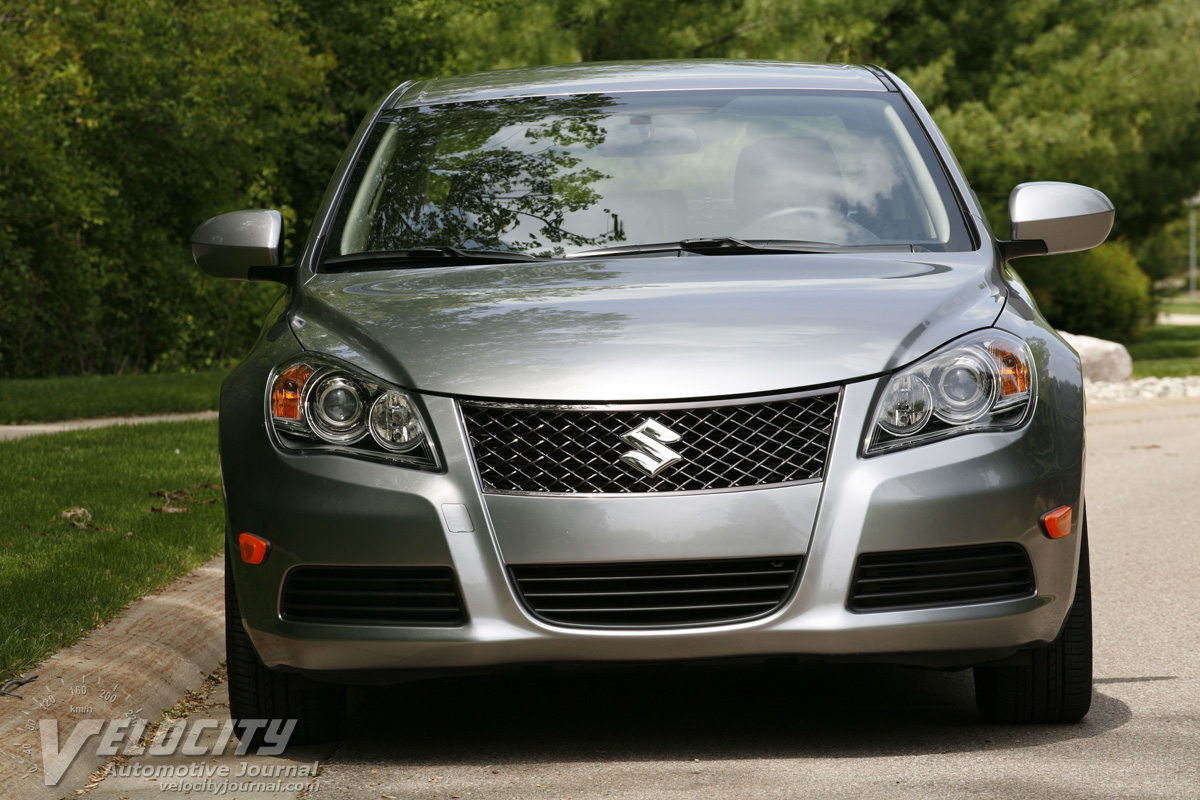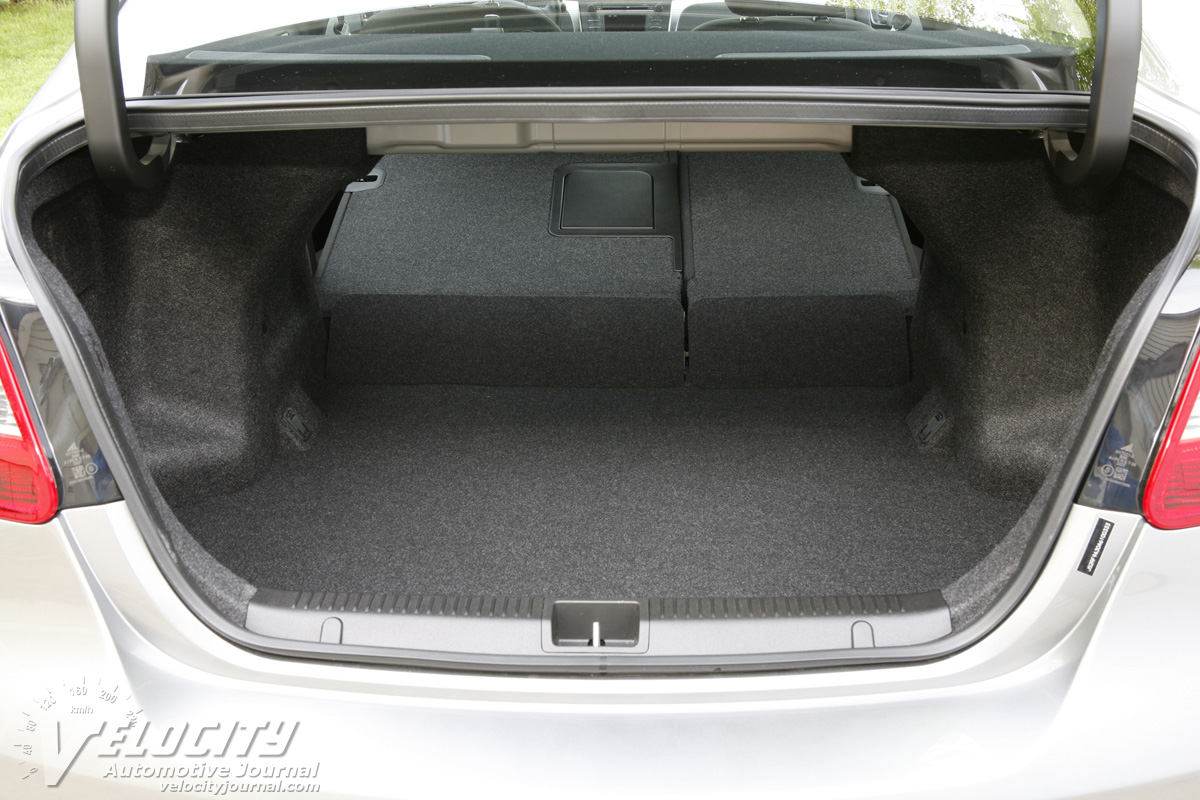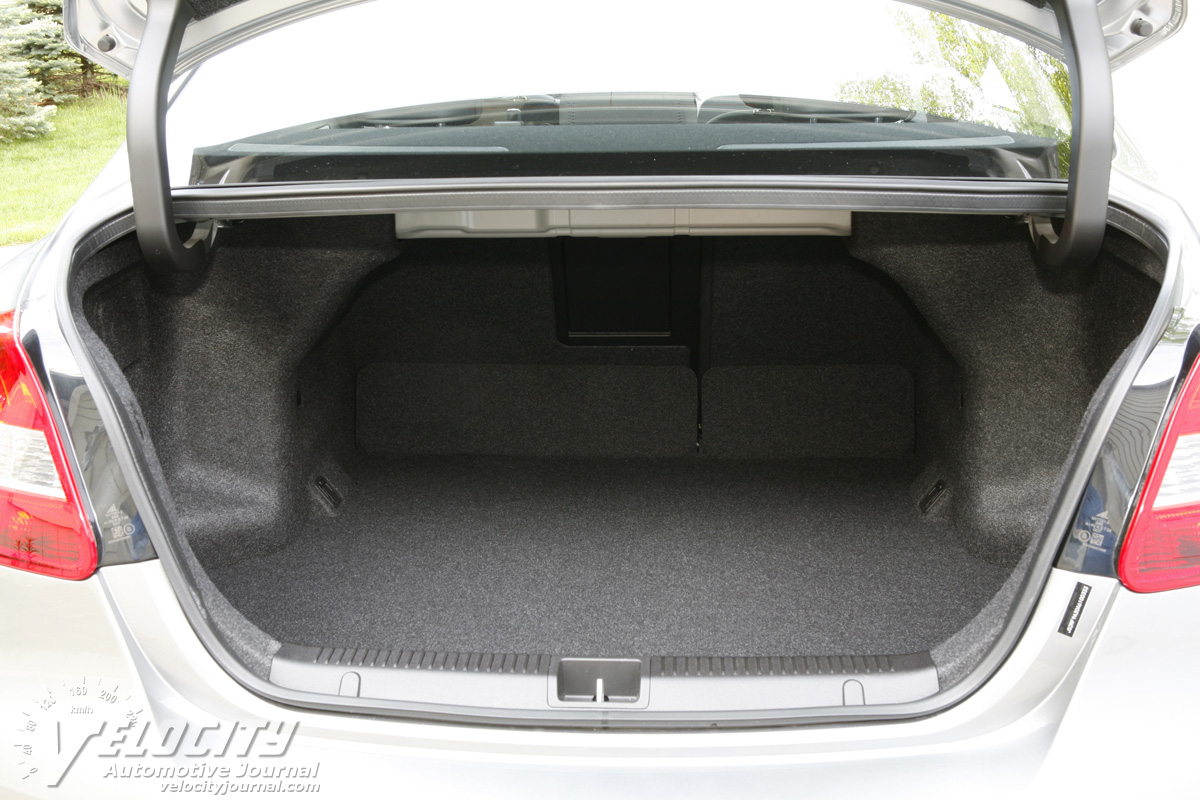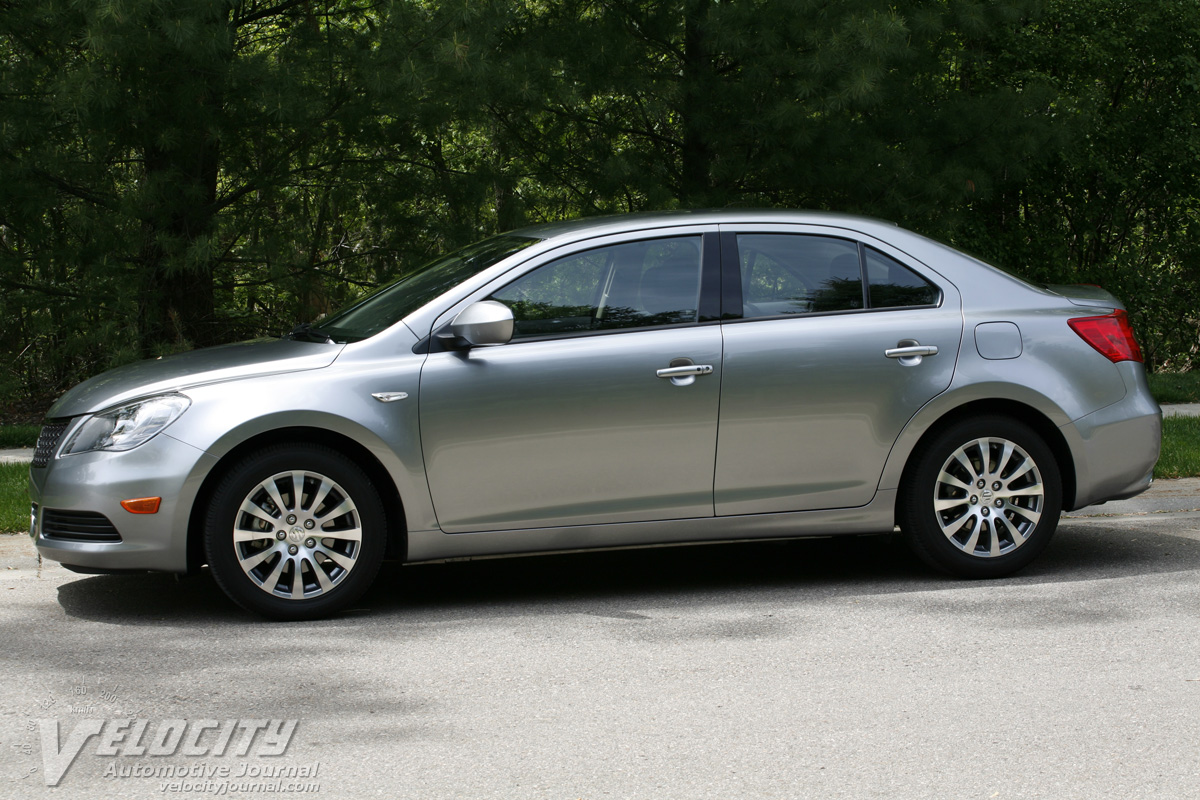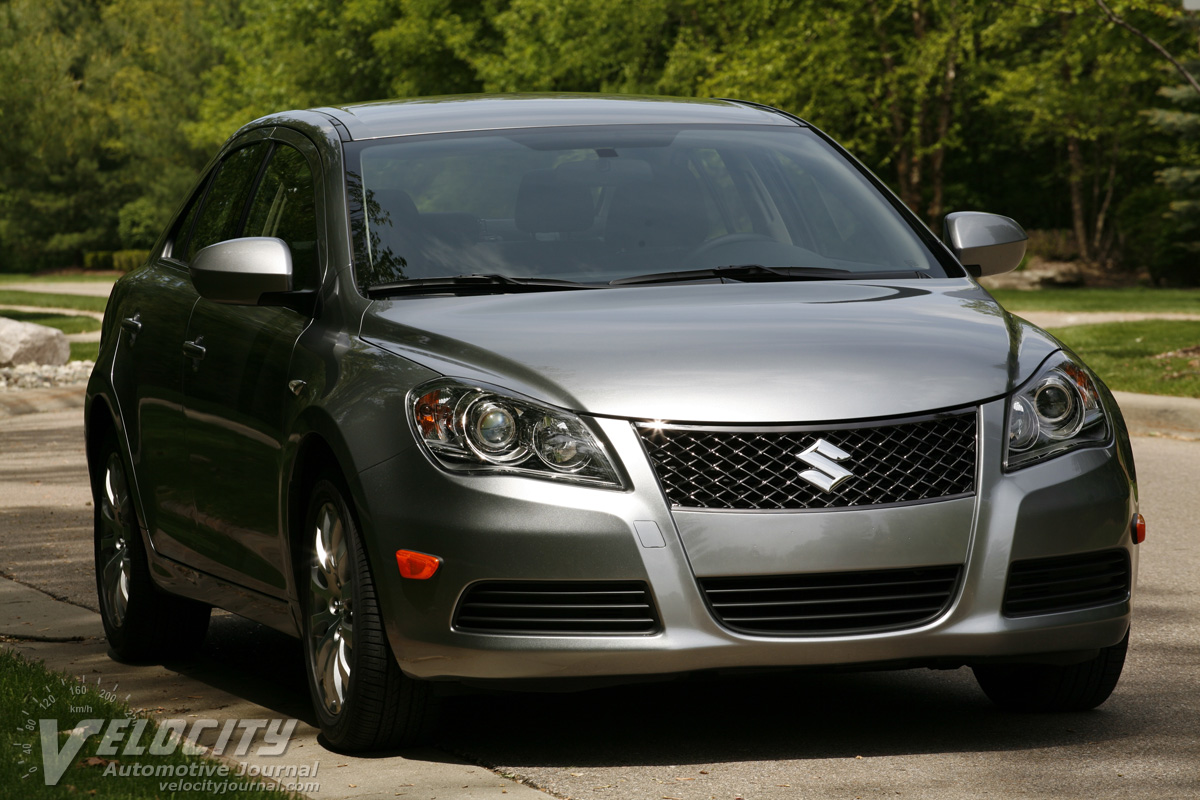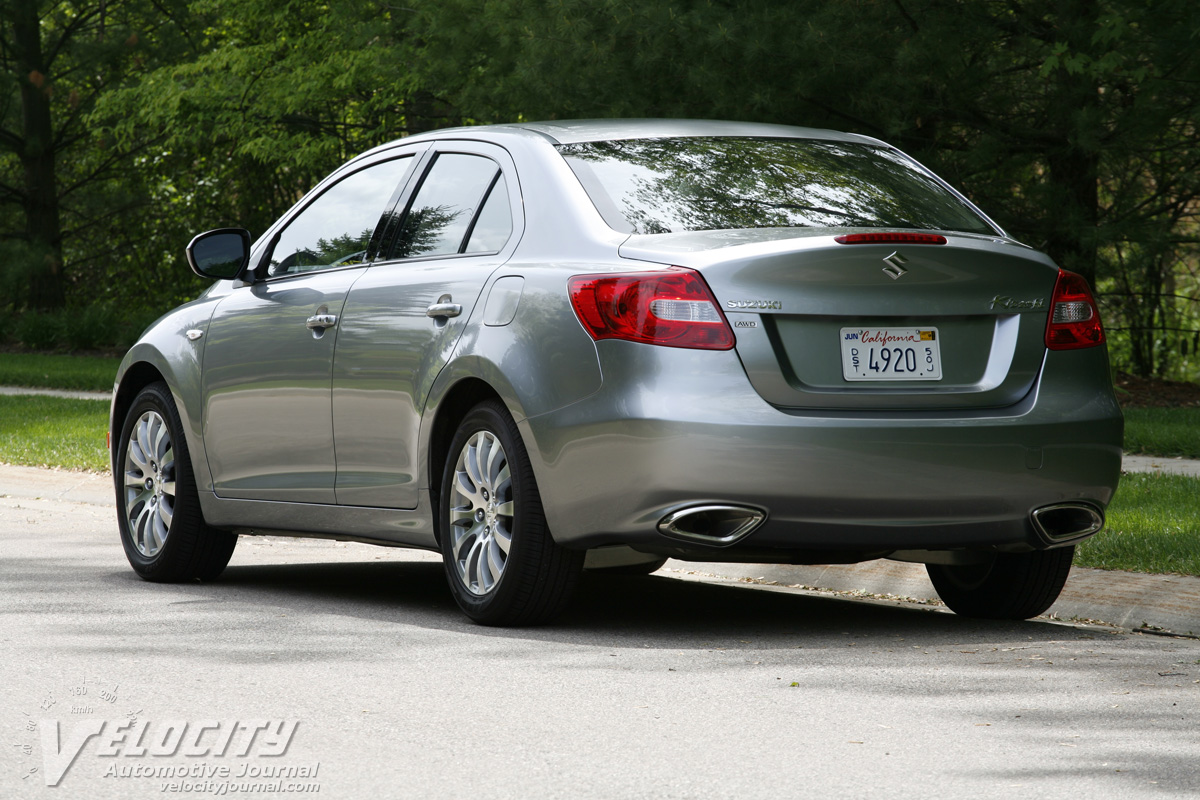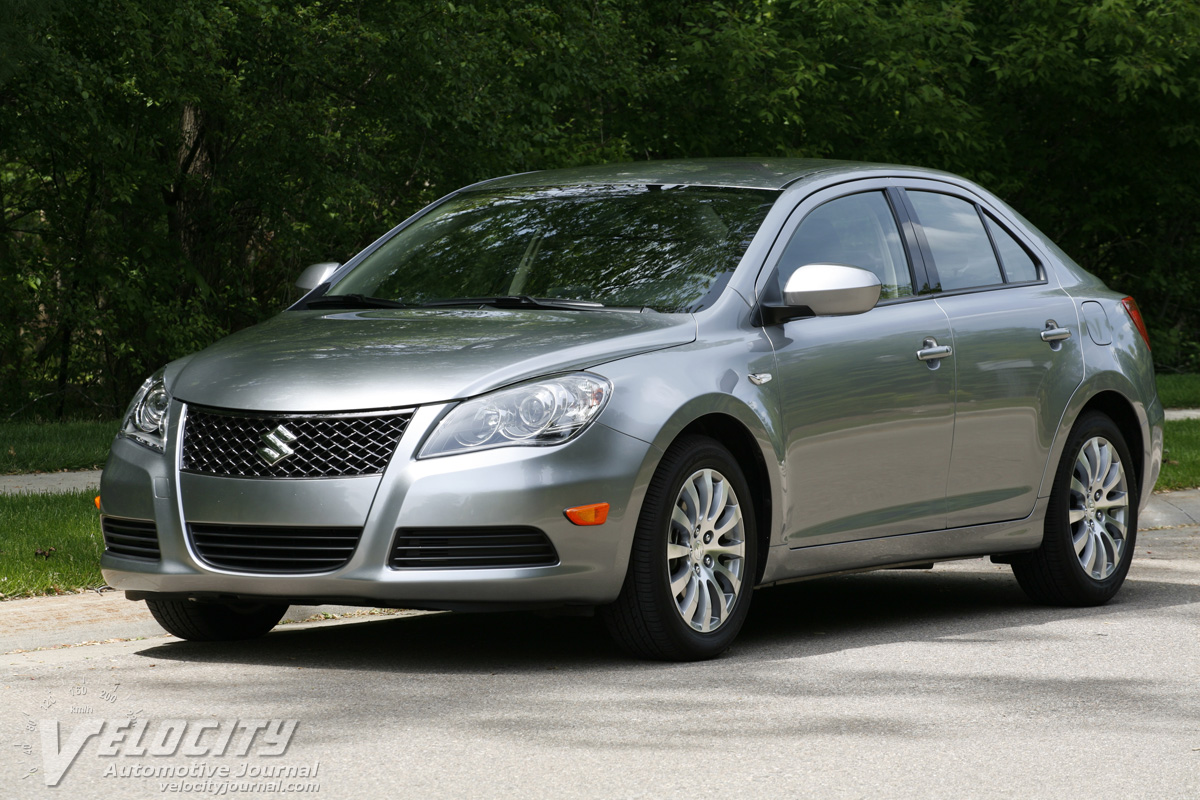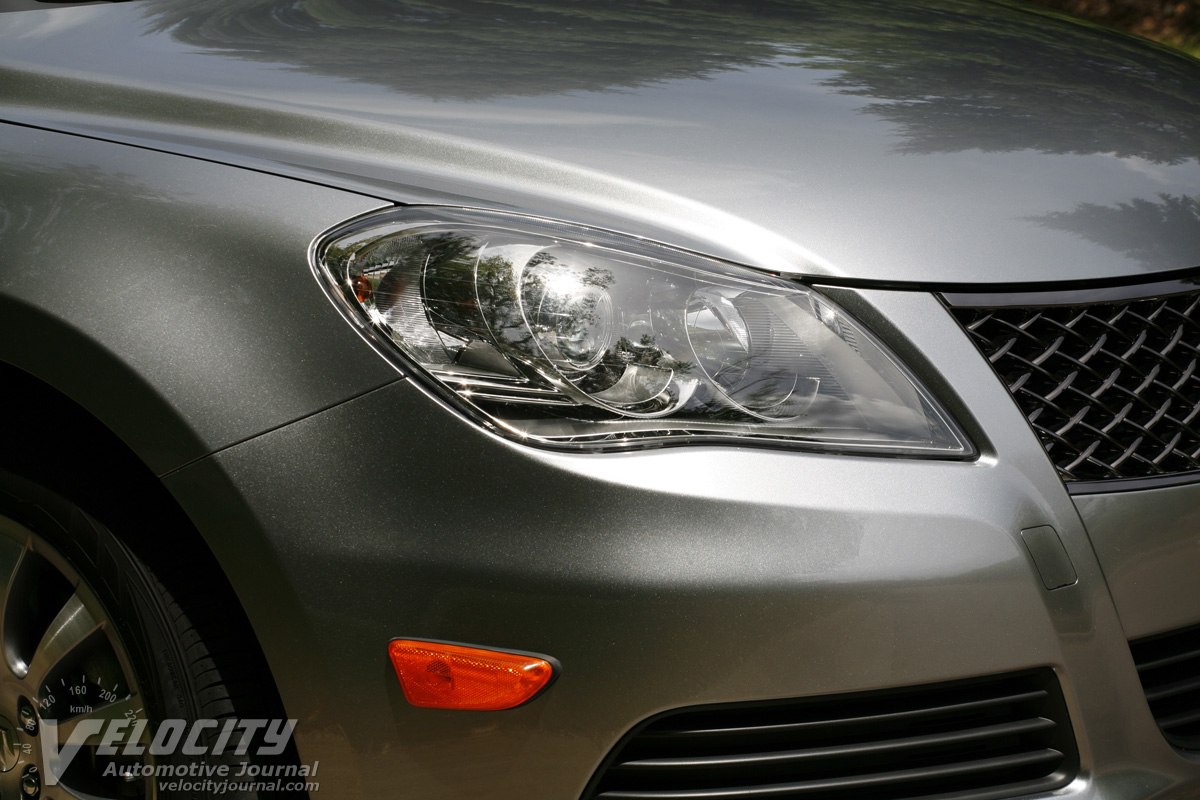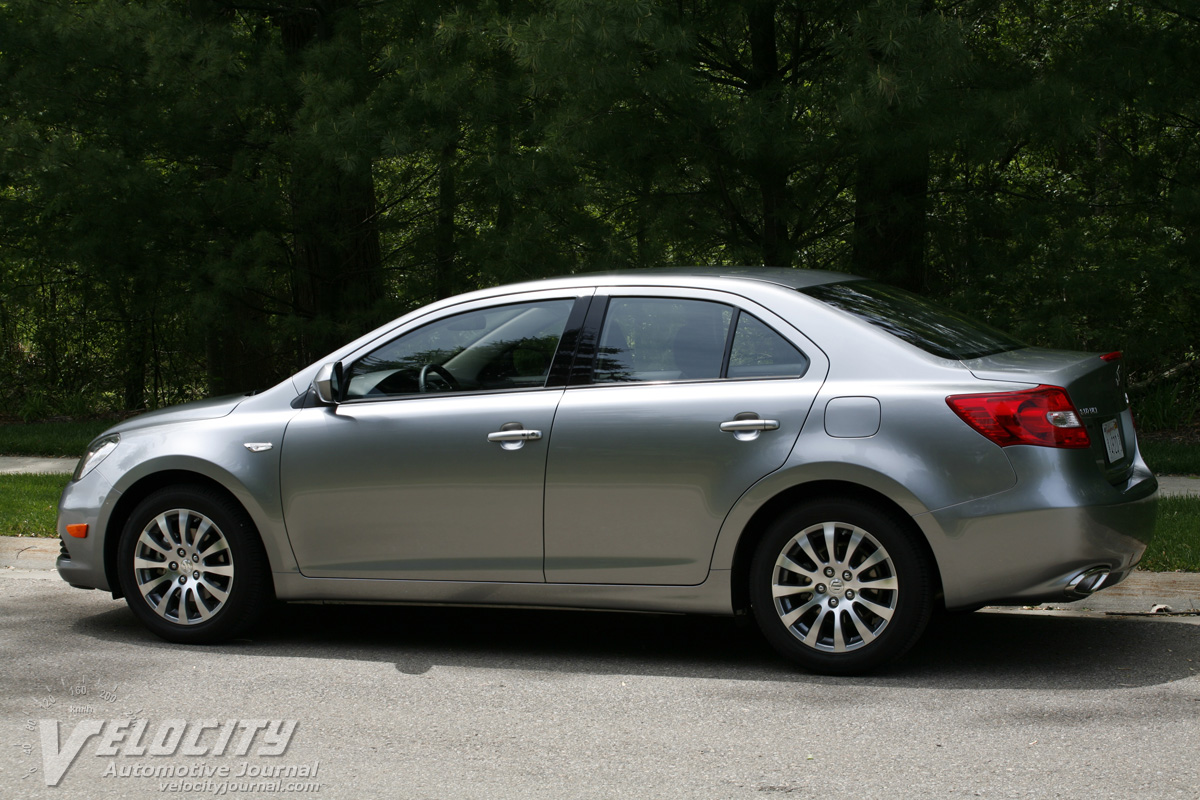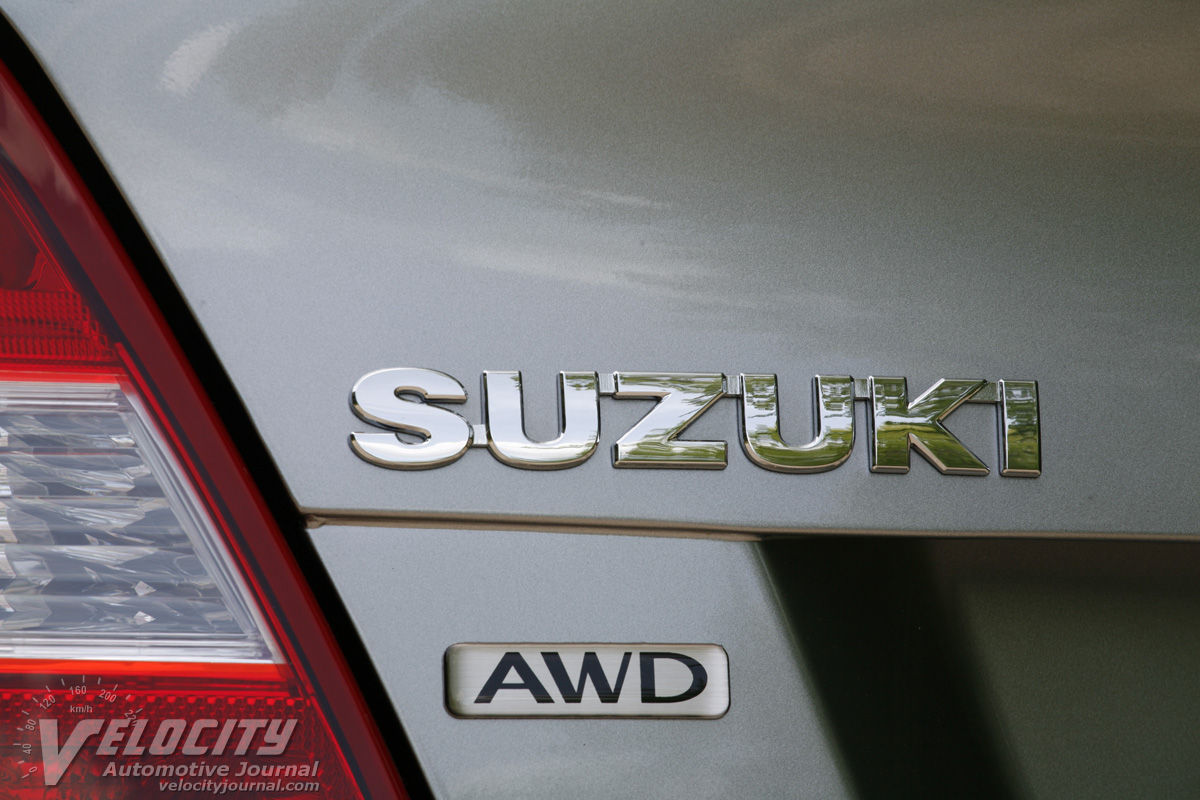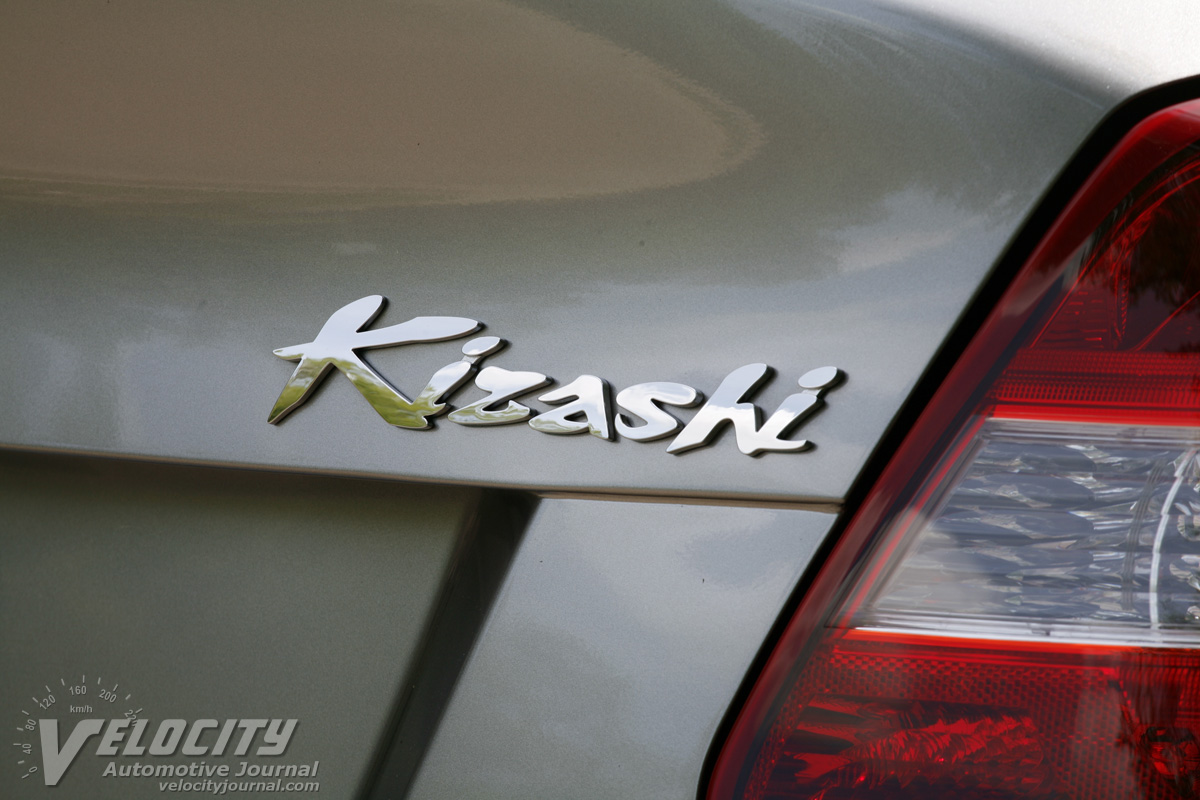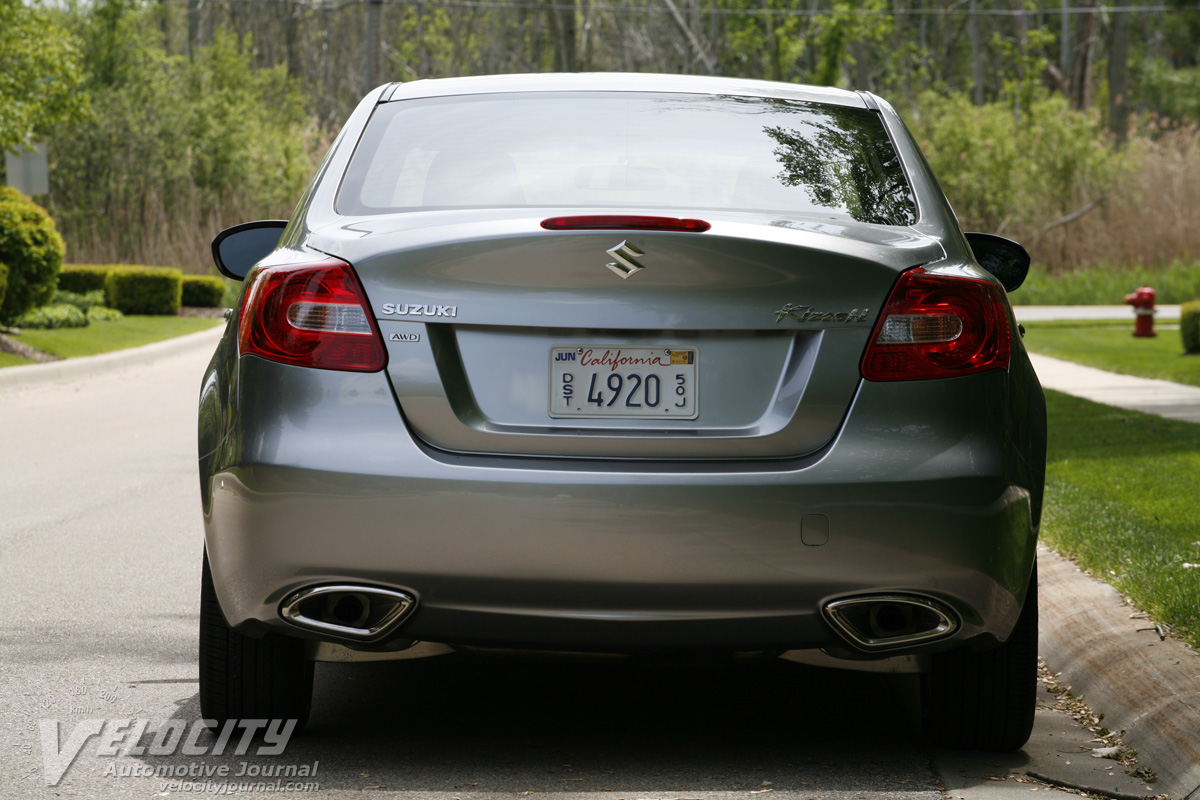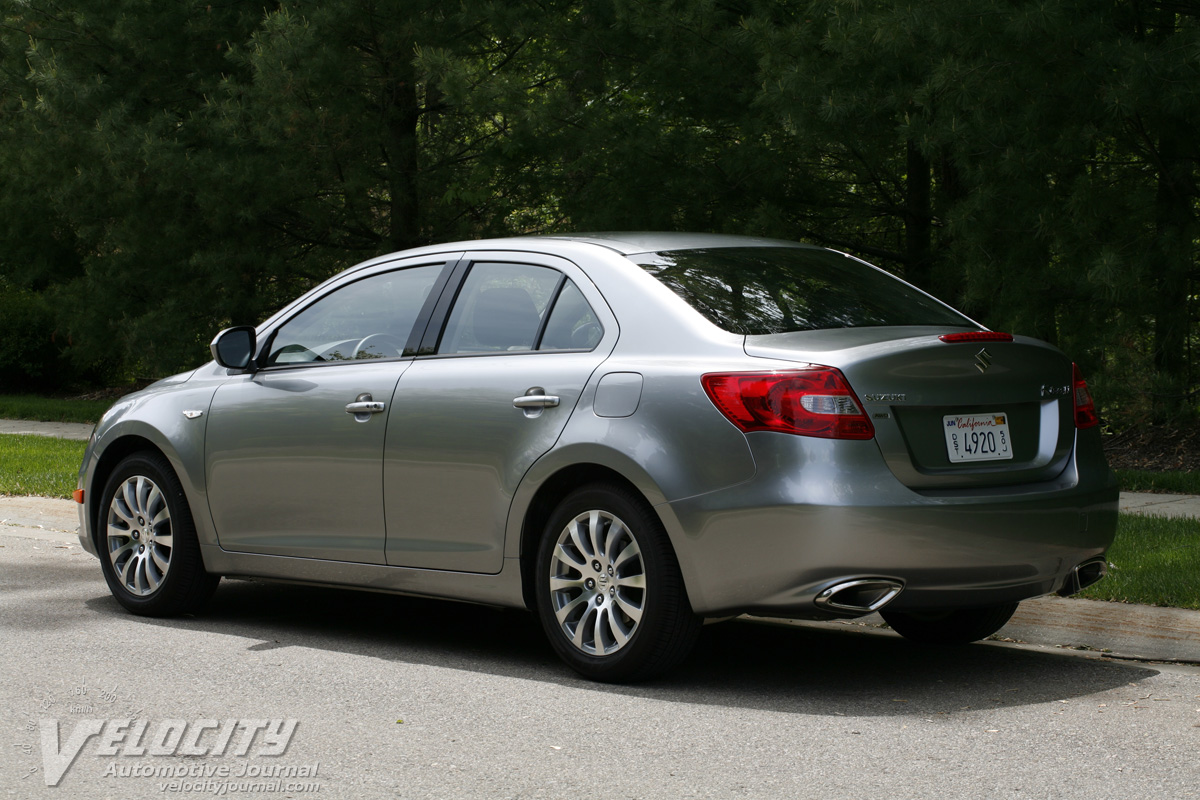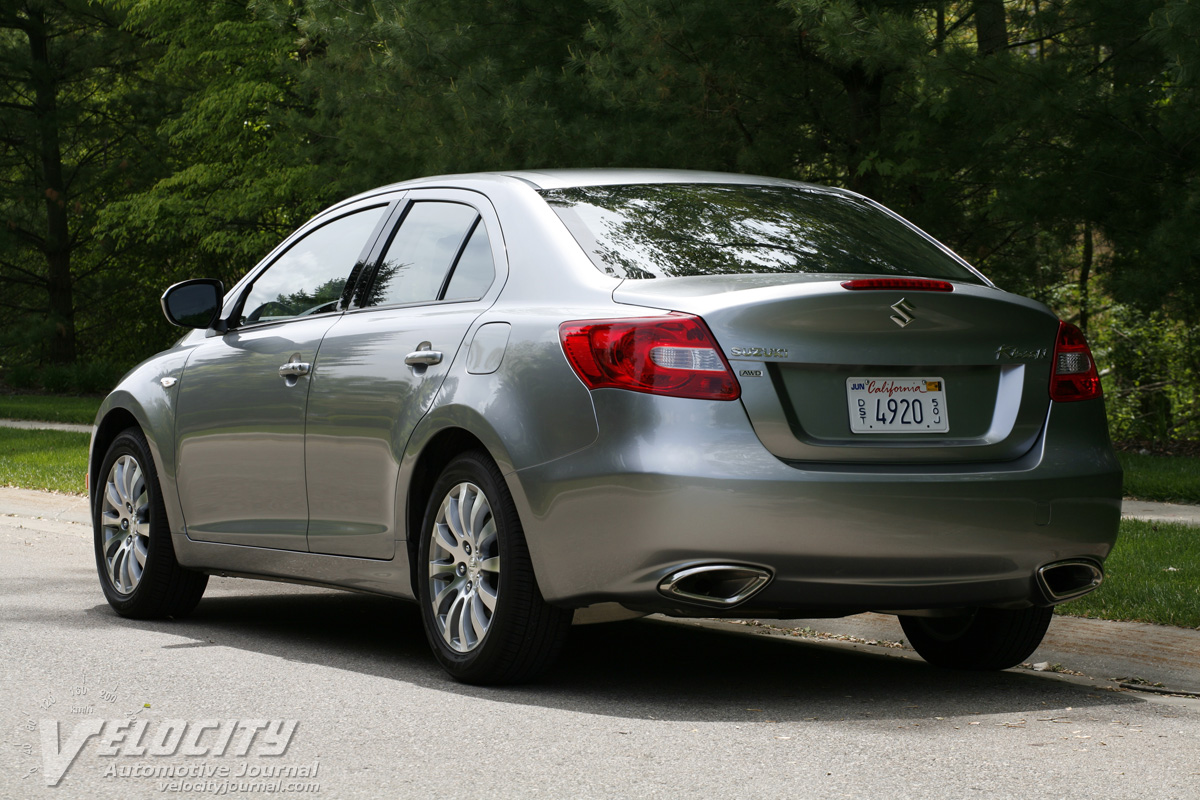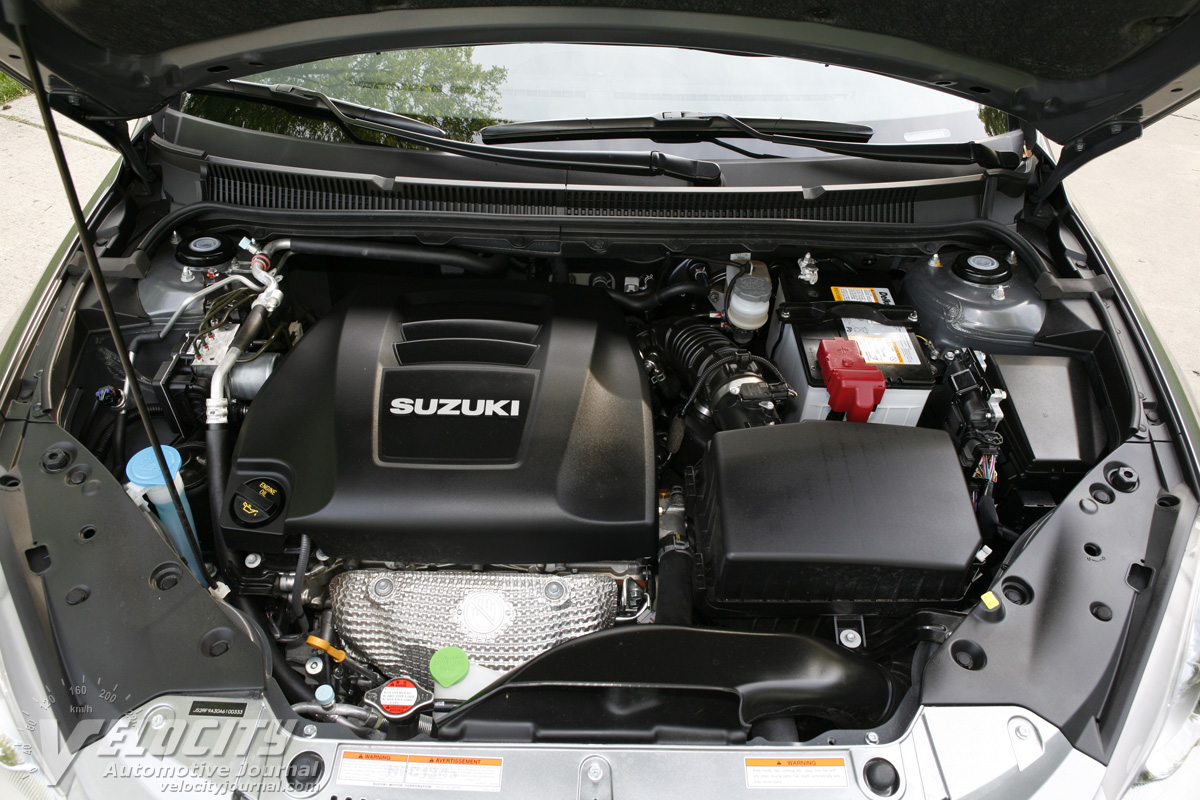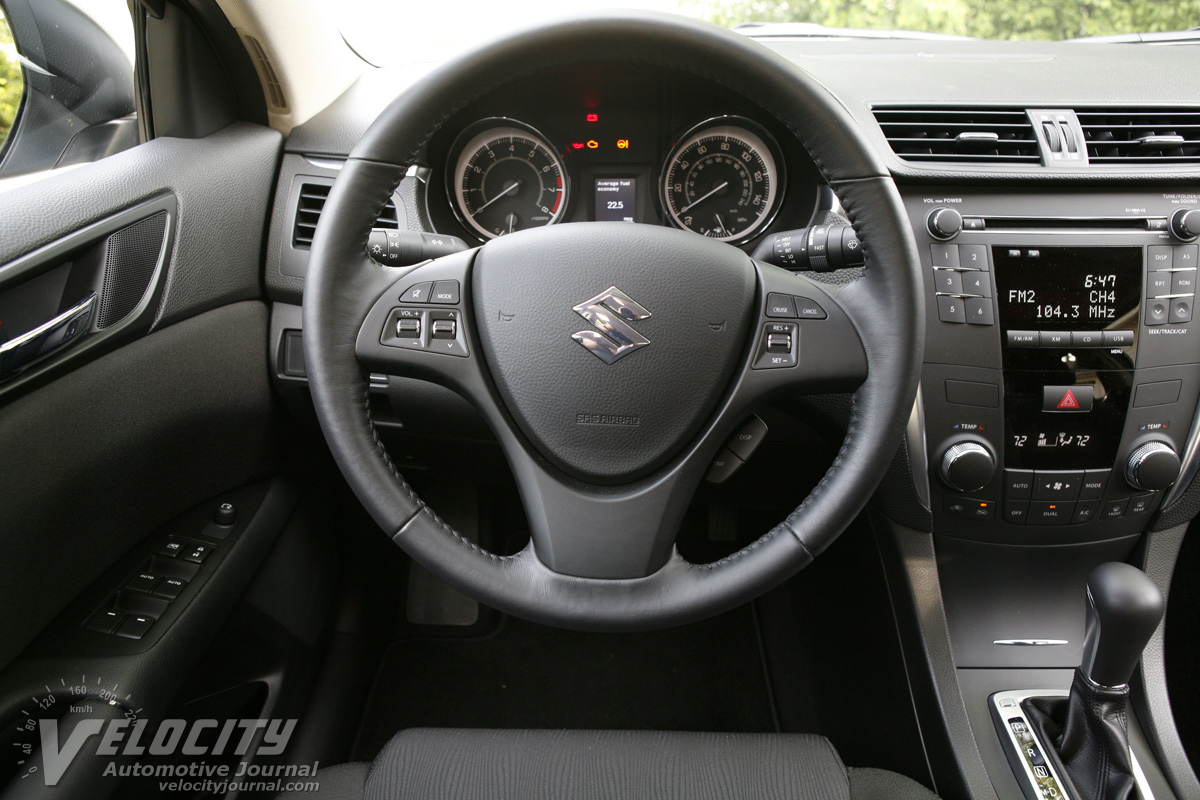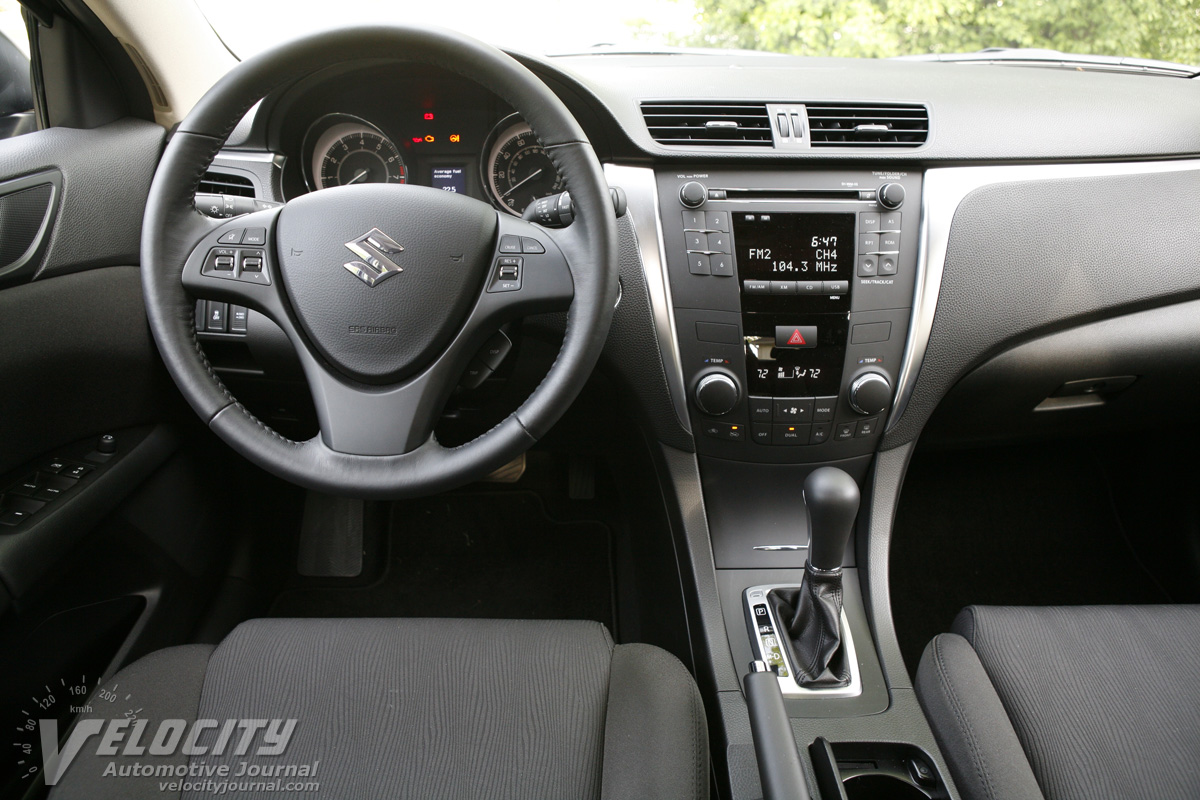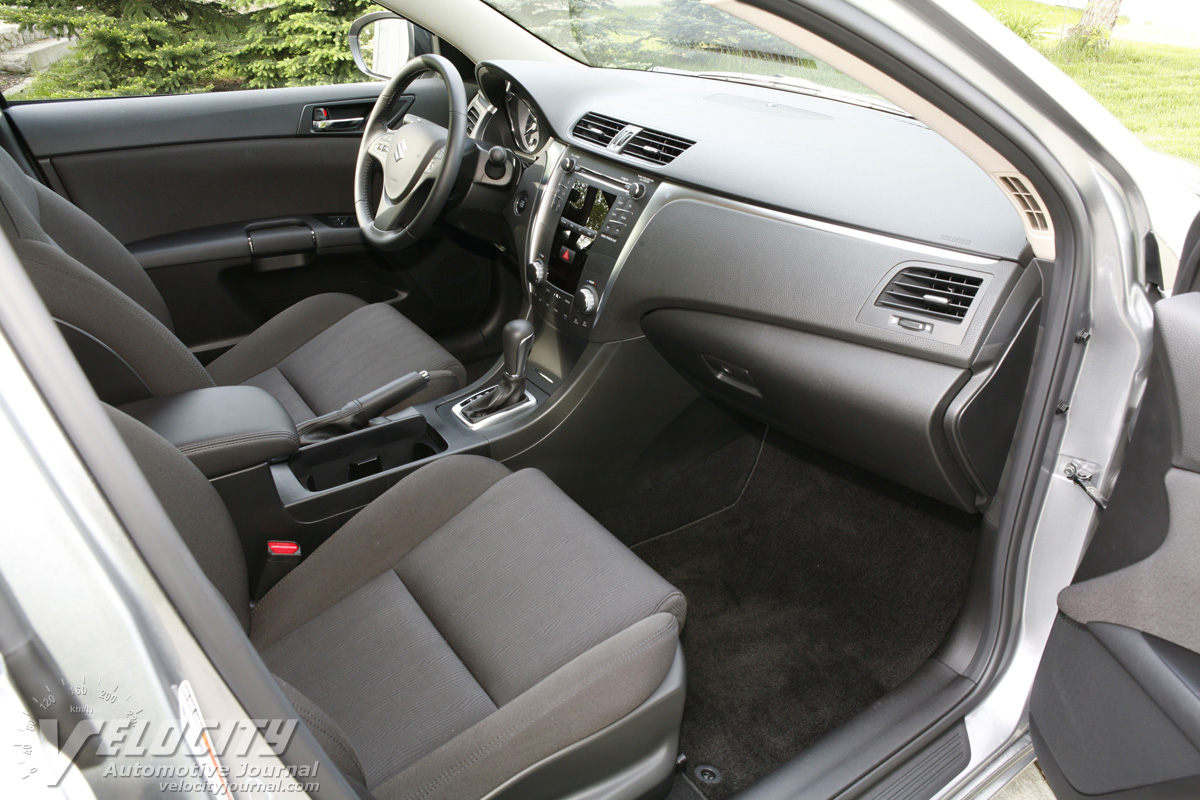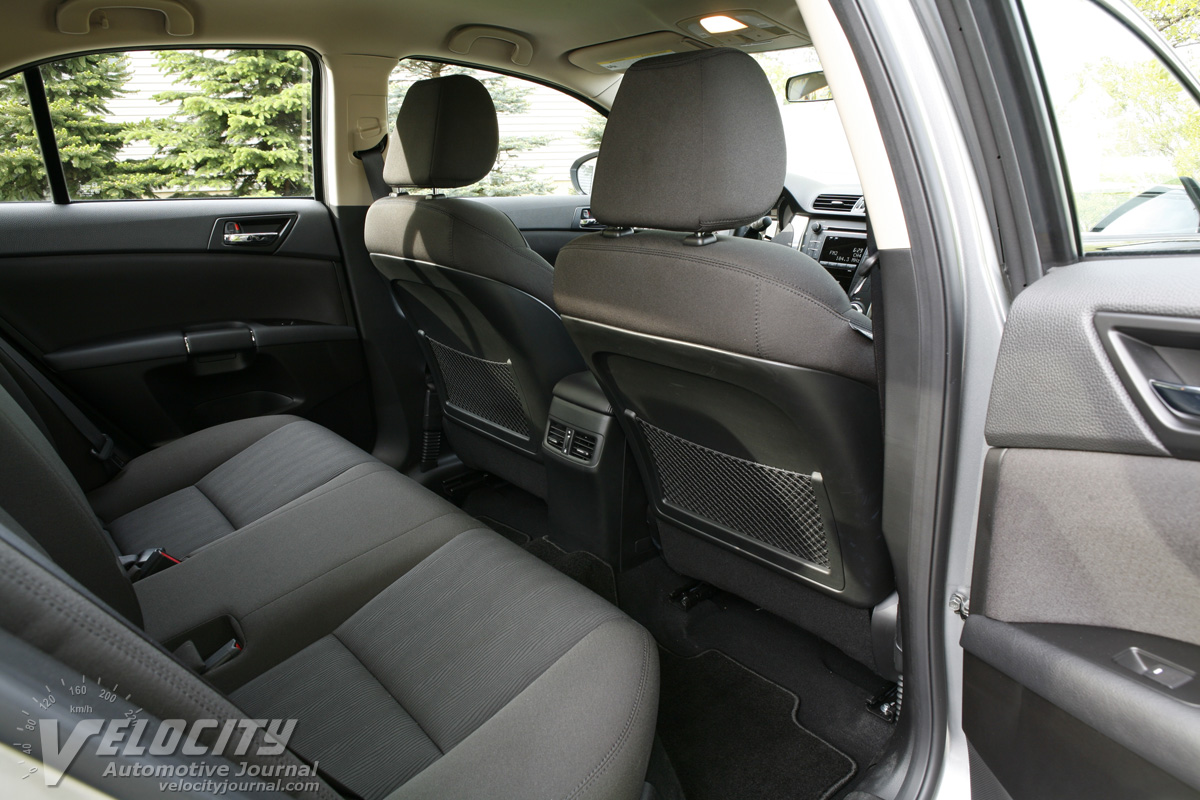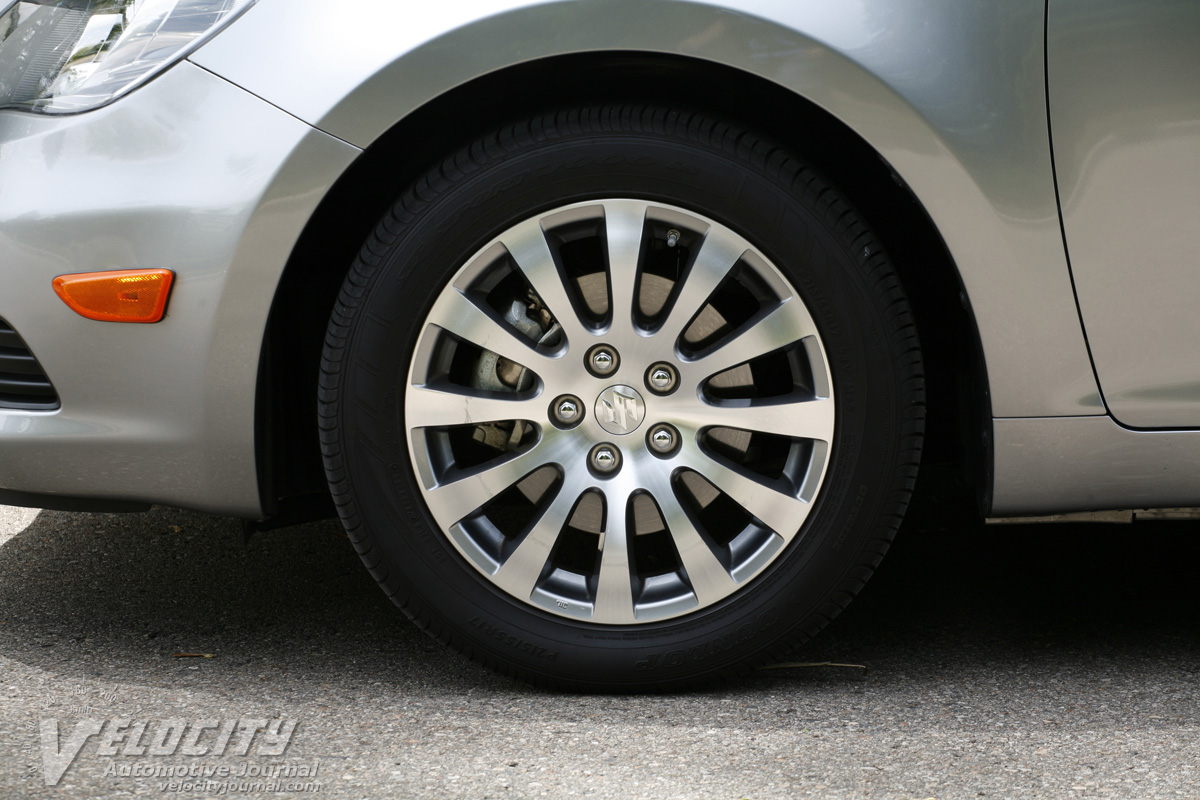2010 Suzuki Kizashi SE AWD
08/24/2010
Shahed Hussain
Suzuki gambled that the new Kizashi would attract midsize sedan customers who would typically shop elsewhere. Getting buyers to consider the Kizashi instead of the Camry, Malibu, or Fusion is no easy task, especially since the Suzuki is smaller than most other 4-doors in its class. Following Hyundai's formula of providing exceptional value at an affordable price, Suzuki has endowed the Kizashi with standard amenities and available options not offered by most competitors.
Among the Kizashi's attractions is an affordable base price starting at $18,999 (Kizashi S FWD) and climbing to $26,899 (Kizashi SLS AWD). A 2.4L inline-4 is the sole powerplant, mated to a 6-speed manual or CVT automatic. The manual gearbox is only available on FWD Kizashis, while the CVT can be ordered with either FWD or AWD powertrains. We tested a midlevel 2010 Kizashi SE AWD ($22,899) equipped with the optional CVT and no options. According to Suzuki's website, the current list price for an equivalent Kizashi SE AWD is $23,764.
Suzuki spent considerable effort designing a pleasing interior: attractively grained plastics, brushed metal trim, and rich fabric upholstery provide an upscale ambiance missing from most affordable midsize sedans. Surprisingly, the attractively grained dashboard is hard plastic. Gauges consist of an 8,000 RPM tachometer and 150-MPH speedometer, with smaller coolant temperature and fuel gauges inset within. A bright multi-function display shows vehicle status and trip computer data. The leather-wrapped steering wheel includes audio, cruise, and trip computer controls. For charging electronic accessories, the Kizashi includes a USB connector and a 12V socket on the center stack, with an additional 12V outlet inside the storage bin between the front seats.
The Kizashi's firmly bolstered front seats provide excellent support, upholstered in an attractive textured dark gray fabric. A 10-way power adjustable driver's seat is standard, but the front passenger gets manual controls. Moving up to the premium Kizashi SLS adds 4-way power controls for the passenger seat and leather upholstery. Front and rear headroom is adequate for sub-6 ft. occupants; rear seat passengers benefit from above average legroom. The folding center armrest includes dual cupholders. For added cargo space, the split rear seats flip down, but not completely flat. A trunk pass-through allows skis and other longer objects to fit into the passenger compartment.
Underpinning Suzuki's new platform is the typical MacPherson strut and coil spring front suspension; a multi-link layout is at the rear. Disc brakes are at all four corners, with standard ABS and ESP (Electronic Stability Program). Suzuki claims that its i-AWD system is tightly integrated with the ESP to minimize oversteer and skidding. The Kizashi SE gets 17-inch alloy wheels and 215/55R17 Dunlop SP Sport 7000 all-season tires. Alternatively, 18-inch alloys and wider 235/45R18 tires are standard on GTS and SLS models.
Since most family sedans are typically equipped with a 4-cylinder powerplant, not offering a V-6 in the Kizashi is not likely to be a major issue for Suzuki. Unlike most other comparable inline fours, Suzuki uses a balance shaft to tame engine noise and vibration. The all-aluminum DOHC 2.4L is rated for 180-bhp @ 6,000 RPM when mated to the CVT, or 185-bhp @ 6,500 RPM with the 6-speed manual. Maximum torque output is 170 lb.-ft @ 4,000 RPM.
Coupled to the CVT, the 2.4L is mostly unobtrusive in city and highway driving. Even with the vibration-damping balance shaft, above 5,000 RPM the Suzuki is subjectively no quieter than its competition. Low-RPM and midrange throttle response is adequate, but above 70 MPH acceleration tapers off significantly. According to Suzuki, the CVT-equipped Kizashi (FWD) does the 0-60 MPH sprint in 8.3 seconds, while the 6-speed manual is substantially quicker, getting there in only 7.3 seconds. Partly responsible for the slower acceleration is the AWD system, which adds 154 lbs. to the Kizashi's curb weight (3,483 lbs.); the FWD/manual powertrain is substantially lighter at 3,241 lbs. Fuel consumption is an estimated 23/31 MPG (city/hwy.) for the Kizashi SE AWD; we averaged just less than 25 MPG in mixed urban and freeway driving.
After spending a week in the Kizashi SE, it's apparent that Suzuki tuned the ride for comfort above sharp handling. The softly sprung suspension contributes to significant body roll, and combined with relentless understeer, the Kizashi encourages sedate driving. The optional AWD system, engaged via a dash-mounted switch, eliminates any noticeable torque steer; front/rear torque-split varies depending on wheel slip, throttle position, and steering. Steering feel via the rack-and-pinion system is unexceptional, with minimal feedback through the wheel. On a more positive note, the Kizashi is an exceptionally quiet cruiser: subjective noise levels at highway speeds are pleasantly hushed. Enthusiasts should probably pass on the Kizashi SE and instead consider the lighter front-drive GTS, which gets the 6-speed manual, 18-inch wheels, and wider tires. In 2011, Suzuki will add a Sport package which should also address the ride.
As Suzuki first midsize sedan designed and engineered in-house, the Kizashi plunges into an extremely competitive market segment. Although the Suzuki's affordable AWD option is definitely a selling point in northern climates, it isn't clear if that advantage alone will sway buyers from an Accord, Sonata, or Malibu. The Ford Fusion and Subaru Legacy are also available with AWD, albeit at a higher price. Ultimately, the Kizashi is a perfectly acceptable family sedan with no really objectionable deficiencies, but in this category, that may not be good enough.

